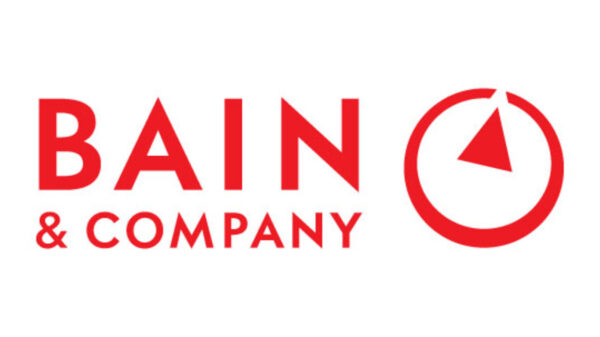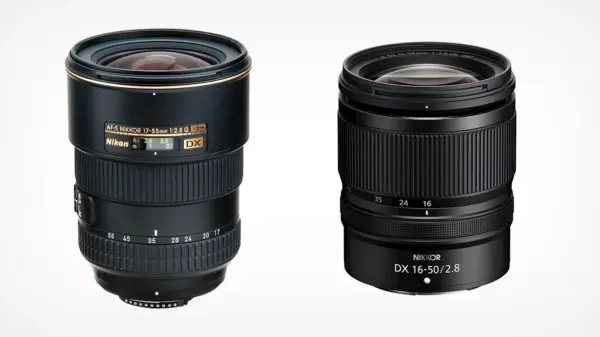UPDATE: A shocking new report reveals that return fraud is surging in the United States, with an estimated $685 billion worth of merchandise returned in 2024 alone. Of that staggering figure, a staggering $103 billion is attributed to fraudulent returns, sending shockwaves through retailers small and large.
Retailers are grappling with a growing epidemic of consumers abusing return policies. Bill Stewart, owner of LI Toy and Game on Long Island, New York, shares his frustrations, stating he faces fraudulent returns twice a month. He recently encountered a customer who returned a Scooby Doo Mystery Machine model kit with missing pieces, resulting in a net loss of $55 for his small business. “Went right into the trash,” he lamented, emphasizing the financial strain on smaller retailers.
This trend reflects a broader societal issue, as many consumers feel entitled to exploit lax return policies. David Morin, vice president of client strategy at Narvar, noted that “consumers who would never steal in a store are being trained socially to take advantage of retailers.” The rise of online shopping has made it even easier for customers to engage in what some consider “low-level return fraud.”
The Appriss Retail and Deloitte report highlights that 15% of returns in 2024 were fraudulent, raising alarms among retailers. Morin’s survey indicates that over half of US consumers admitted to engaging in fraudulent returns at least once, while a separate survey by Loop Returns found that nearly 40% of online shoppers acknowledged abusing return policies.
The scope of return fraud varies widely. Some consumers engage in “bracketing,” purchasing multiple sizes and returning what doesn’t fit, while others resort to “wardrobing,” wearing items before returning them. The latter practice is particularly concerning for retailers, as it can lead to premature refunds before assessing product condition.
Fraudulent behaviors have escalated, with consumers reportedly returning empty boxes or swapping items for cheaper alternatives. For instance, a customer returned three empty CD cases, exploiting weight miscalculations to receive refunds for more expensive items.
Many small business owners, like Hilary Koziol of Cellar Sellers, face substantial challenges due to dishonest customers. She recounts a case where a buyer returned a box of jeans instead of the trading cards they purchased, forcing her to dispute the matter with the postal service. “It’s impacting my business a ton,” she stated, highlighting the emotional toll of these fraudulent activities.
The rise of social media has further fueled this trend, with platforms like TikTok showcasing tips for exploiting return policies. Consumers are increasingly sharing tactics to navigate lenient return systems, creating a culture that blurs ethical lines.
Amid these challenges, retailers are responding by tightening return policies. Some companies are eliminating free returns or banning repeat offenders, while others are implementing more personalized return strategies to reward good customers and identify those who frequently abuse policies.
As this return fraud crisis unfolds, the sentiment among consumers is shifting. Many believe that businesses, particularly large corporations, are exploiting them, leading to a culture where return fraud is seen as a way to reclaim power.
Retailers are now left to navigate a complex landscape of consumer expectations and fraudulent behaviors, forcing them to adapt quickly to combat the rising tide of return fraud. The stakes are high, and for small business owners like Stewart, every fraudulent return can mean the difference between survival and closure.
With these alarming trends on the rise, consumers and retailers alike must reconsider their roles in the evolving landscape of online shopping. As the situation develops, all eyes will be on how businesses adjust their practices to protect themselves from this growing threat.







































































